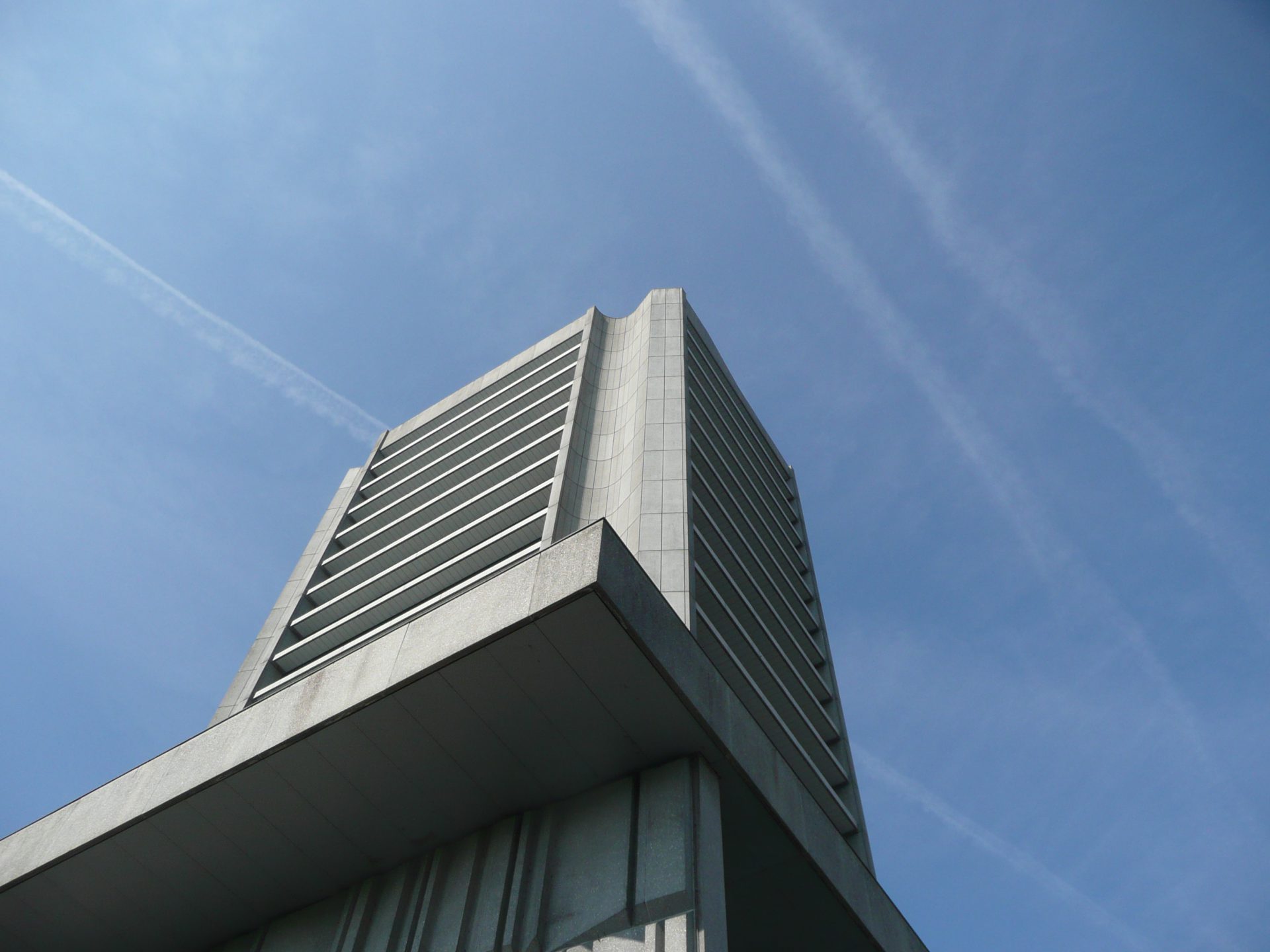Petroleum Pier, Antwerp
Besides being the oldest petroleum port in Belgium, Antwerp’s petroleum pier was also one of the first in Europe as a whole. The emergence and increasing use of petroleum in various applications from the end of the 19th century onwards played an extremely important role in industrial, technological, economic, social and spatial development in Belgium. Antwerp was Europe’s first petroleum importer, dating back to 1861. In the early 20th century, the ‘Petroleum-Zuid’ petroleum harbour was built on the Scheldt, south-west of the city centre, and over the following decades, it grew into an important player in the European petroleum industry. The jetty pier is one of the remaining material relics on the site that bear witness to the history and development of Antwerp as a petroleum port.
The pier, built between 1901 and 1903, is one of the few preserved structures from the early days of Petroleum-Zuid. The approximately 300-metre-long structure consists of fourteen brick pillars finished with natural stone and a reinforced concrete bridge deck and is one of the earliest applications of reinforced concrete in Flanders.
Solid Services carried out a specialist investigation to determine the residual value, residual life and composition of the various structural elements and the materials used.
Listed monument status
Chief Engineer and Director of Public Works Gustave Royers drew the plans for the pier in 1900. The construction was carried out by contractors H. Hersent et fils (responsible for the pillars, completed in 1901) and G. Van Bergen (responsible for finishing the pillars and bridge deck, completed in 1903) from Antwerp and Grondel et frères from Ghent (responsible for the reinforced concrete). Due to its historical and industrial archaeological value, the object has been designated as an architectural heritage site and a listed monument.

